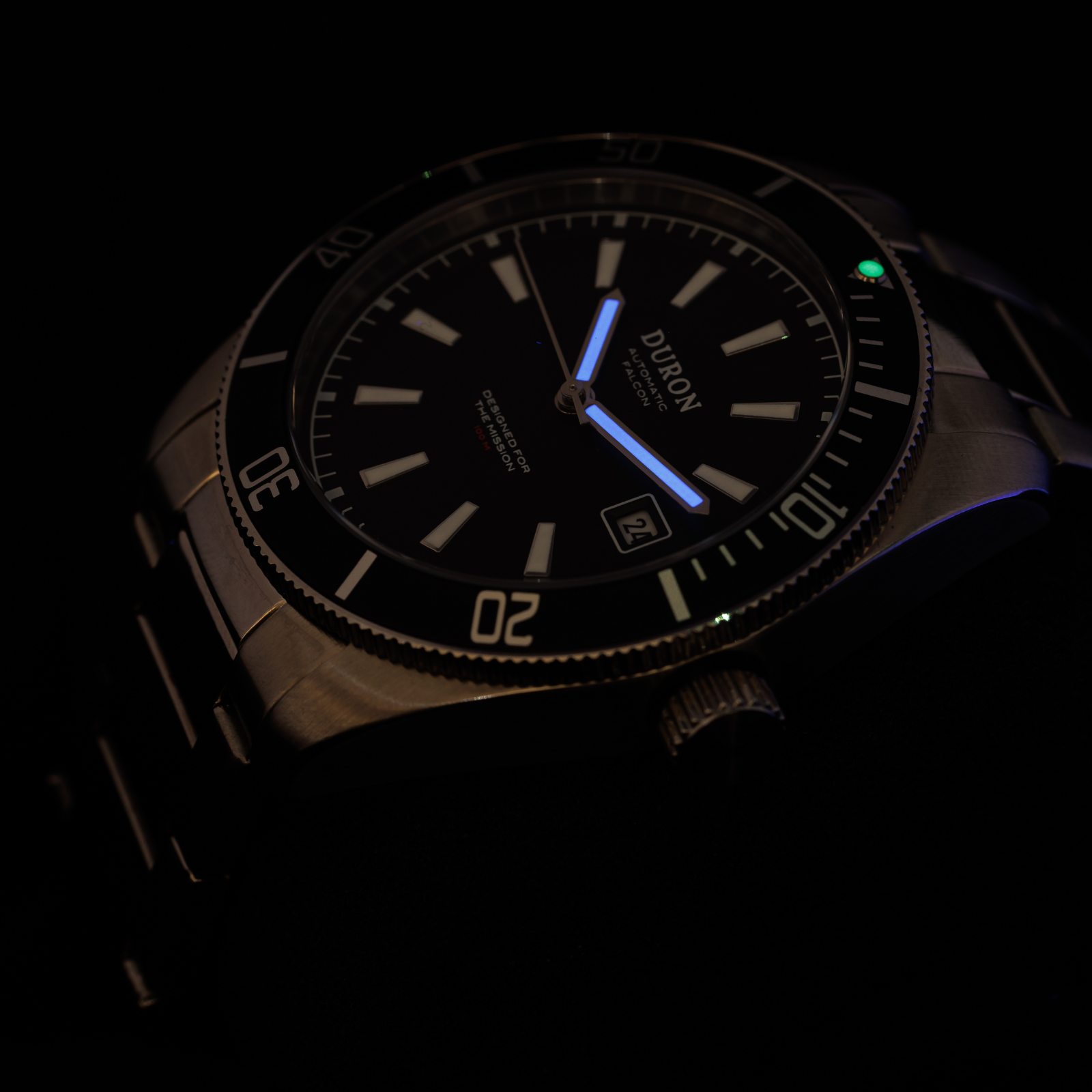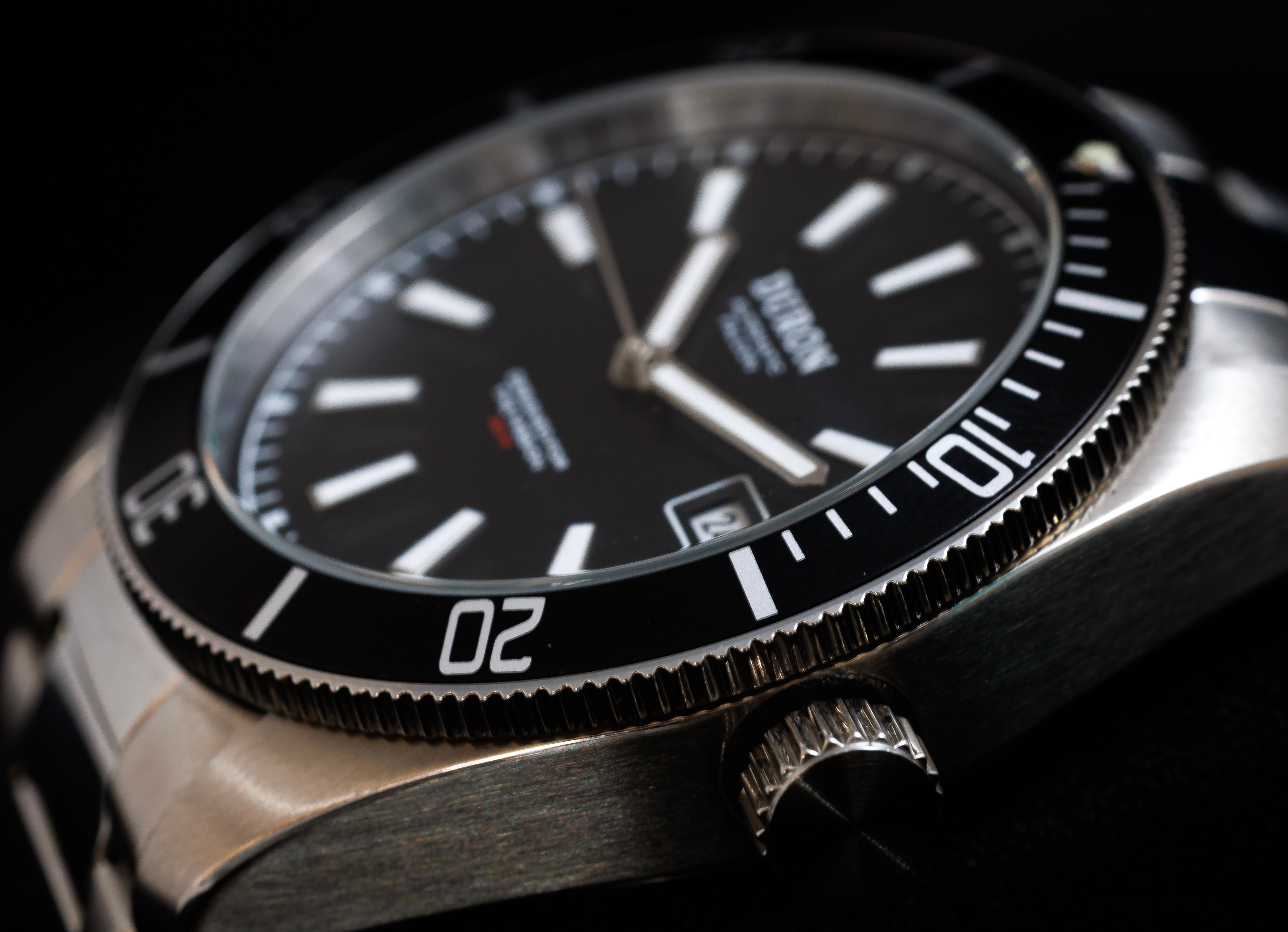
Why winding matters
Unlike quartz watches that rely on batteries, mechanical watches function through a mainspring that stores energy. This energy is gradually released to power the movement. If your DURON watch is manually wound, it needs regular winding to stay operational. Even if you have an automatic (self-winding) watch, occasional manual winding helps maintain optimal power reserve.
Step By Step Guide
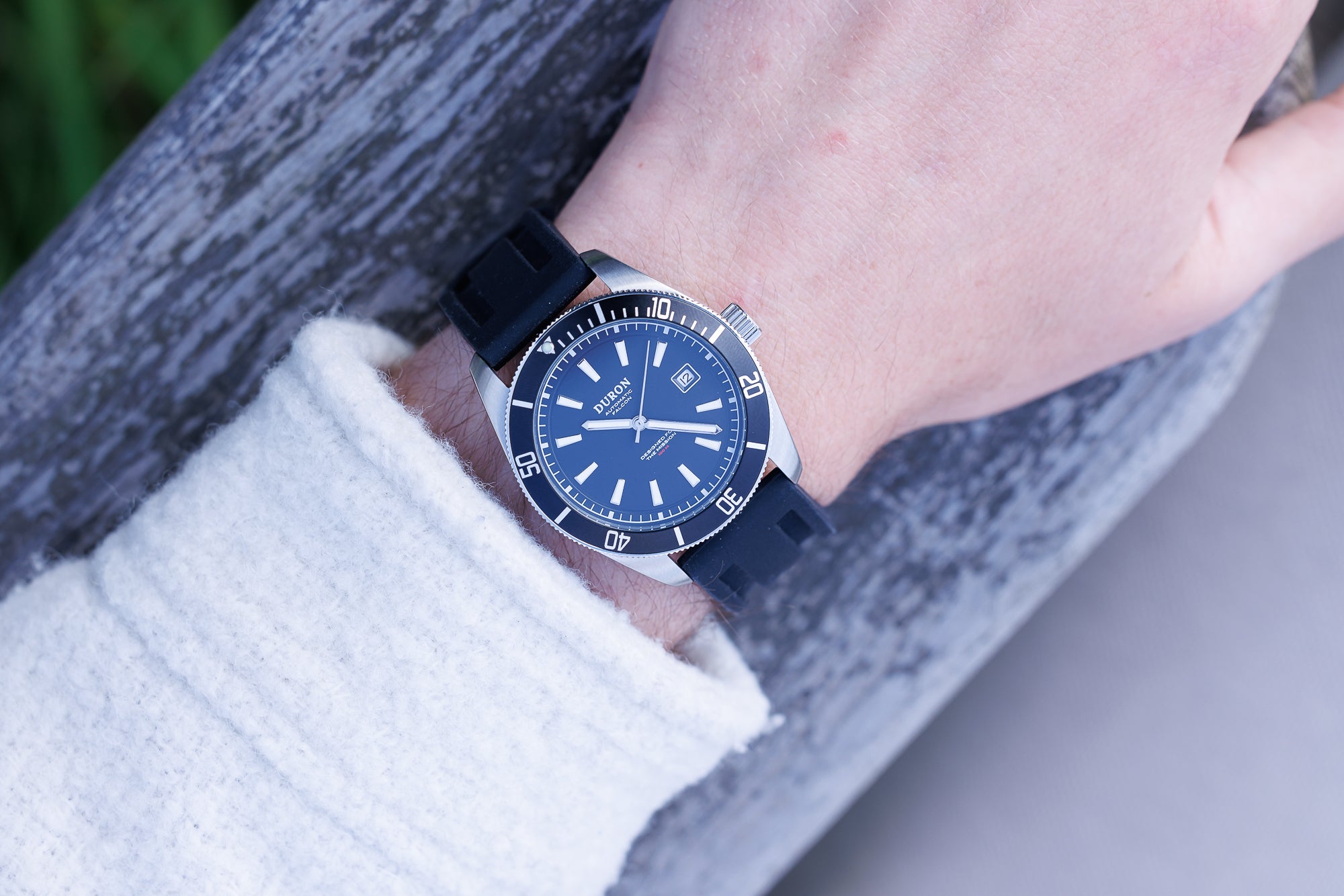
Removing watch
Remove the Watch from your wrist
Winding your watch while wearing it can put unnecessary strain on the crown and stem. Always take it off to ensure a proper grip and to prevent damage
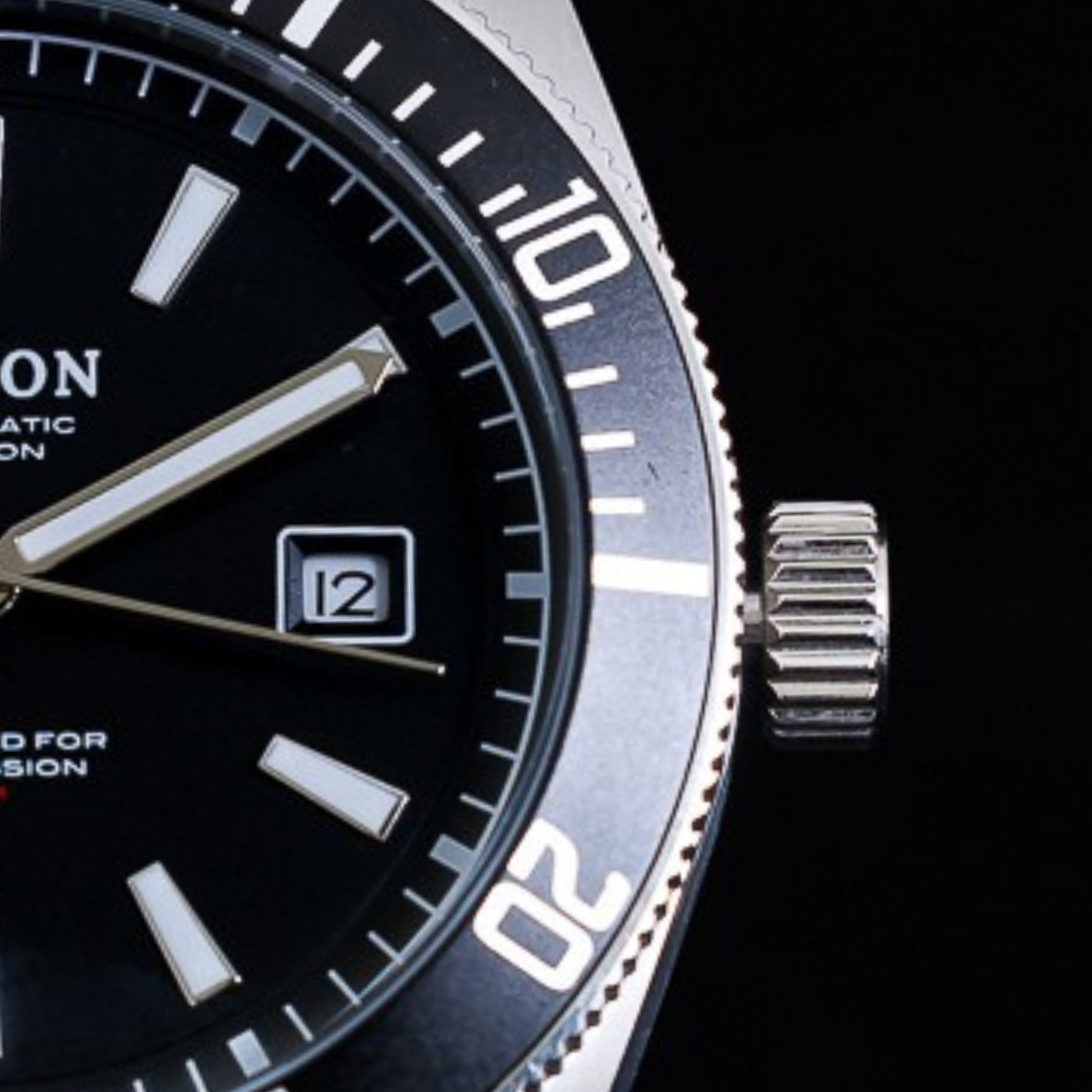
Crown Locating
Locating the crown
The crown is the small knob on the side of your watch. In most DURON models, it’s positioned at 3 o’clock and may have a screw-down feature for added water resistance.
If your watch has a screw-down crown, gently rotate it counterclockwise until it pops out to the neutral position. This unlocks the winding mechanism.
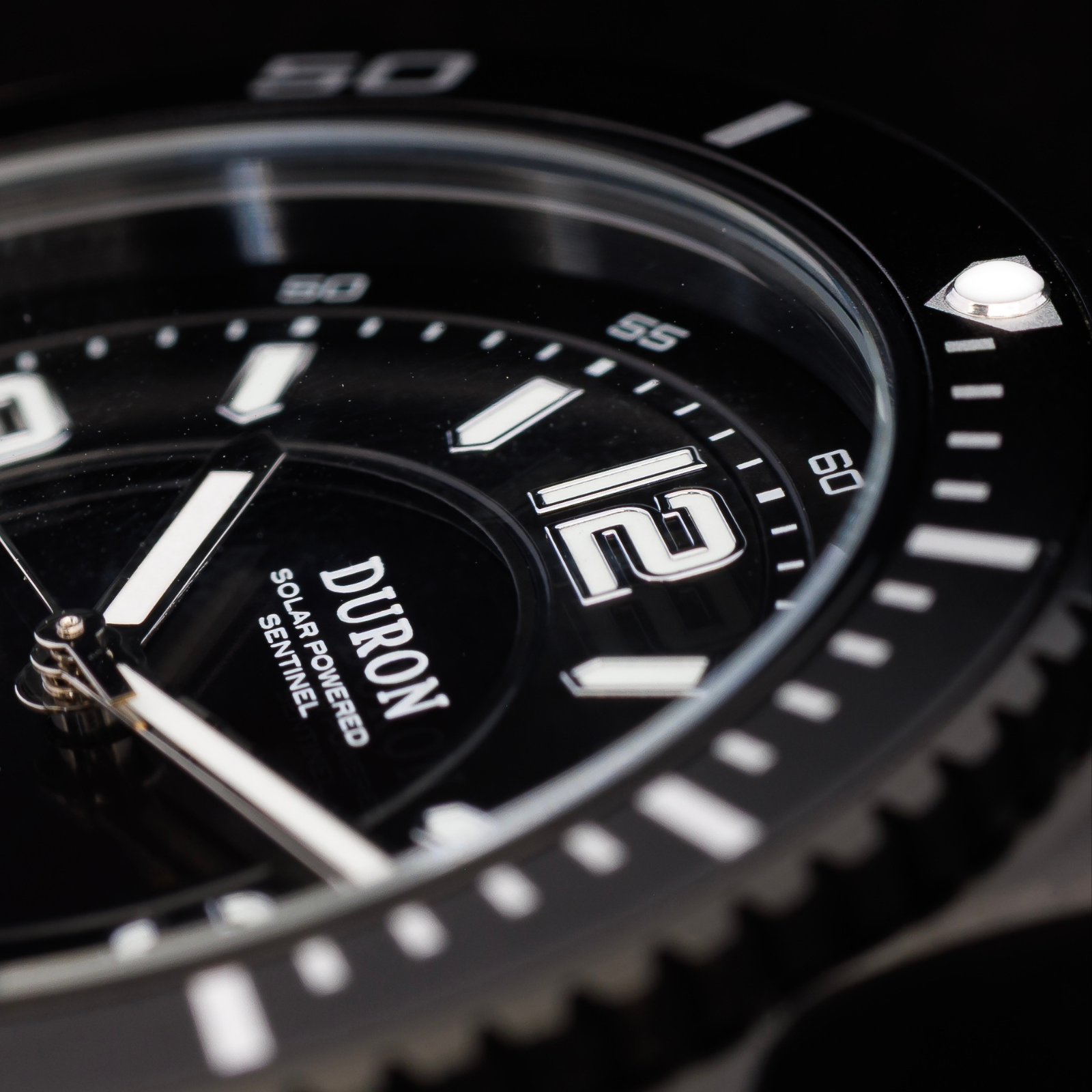
Clockwise winding
Wind the Crown Clockwise
Slowly turn the crown in a clockwise direction (away from you). You should feel gentle resistance as the mainspring tightens. Typically, 20 to 40 turns are enough for a full wind, but this varies by model.
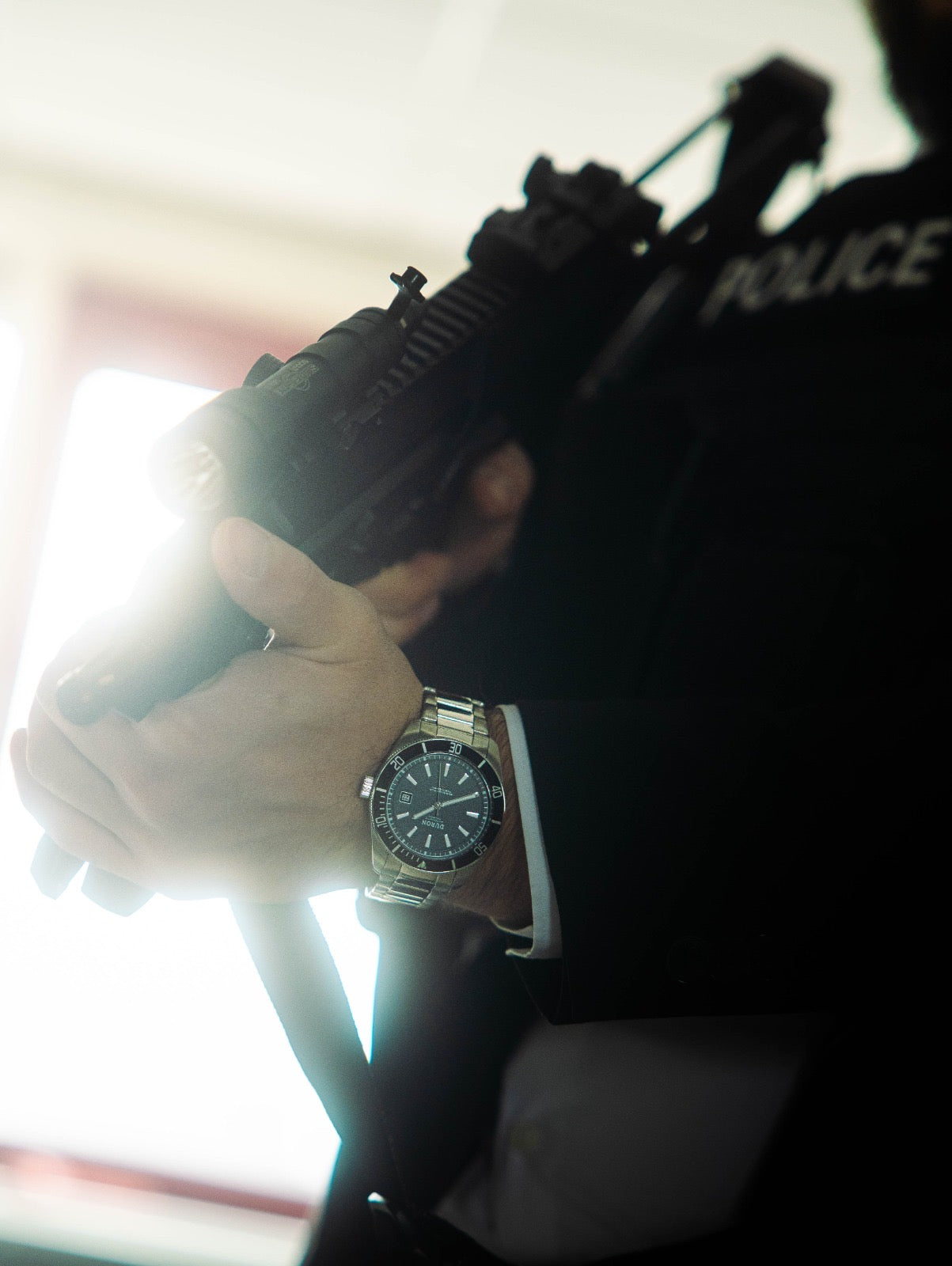
Stop with Resistance
Stop When You Feel Resistance
Never force the crown beyond its natural stopping point. Overwinding can damage the movement. Once you feel firm resistance, your watch is fully wound.
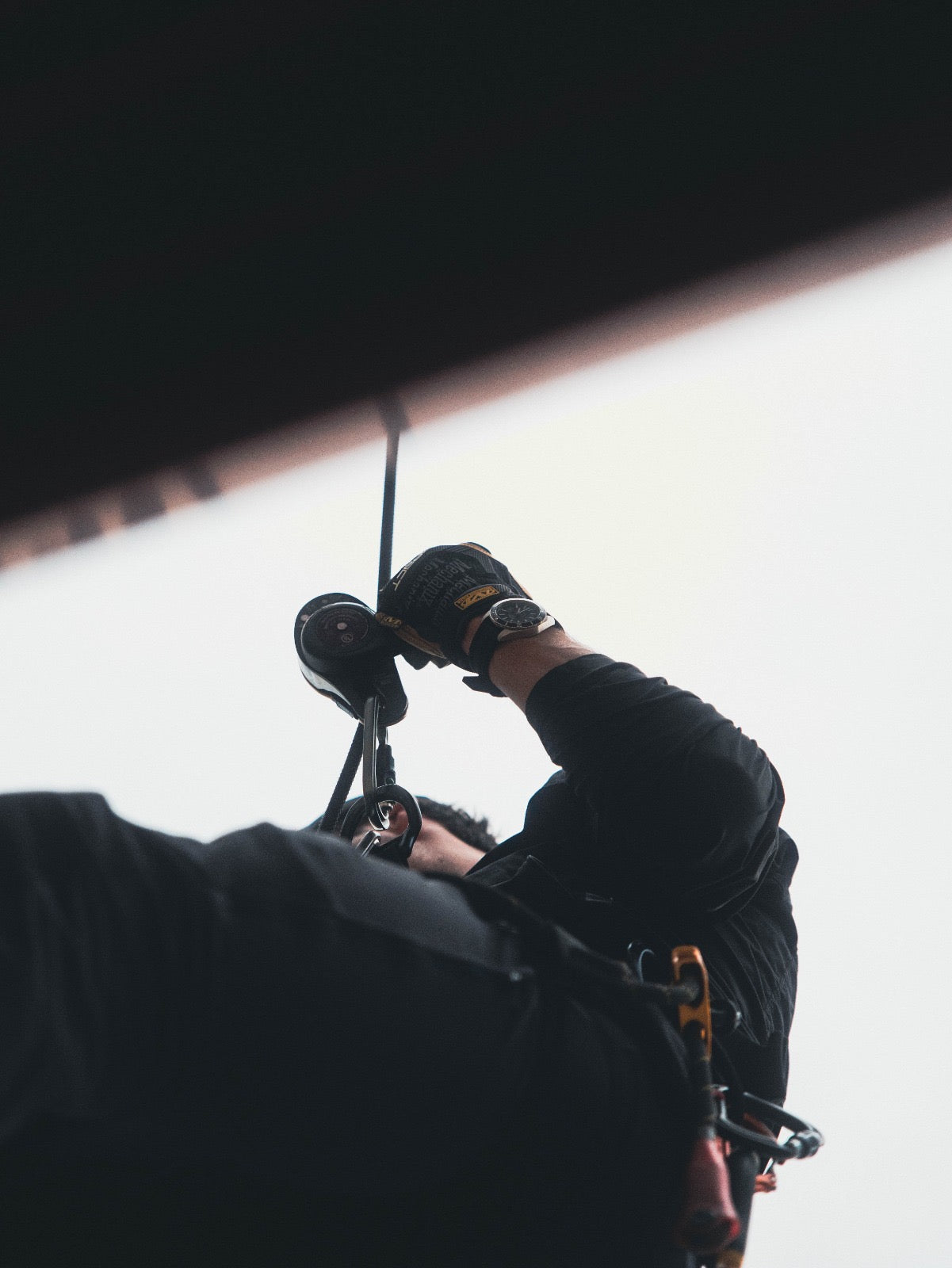
Push and Secure
Push and Secure the Crown
If your watch has a screw-down crown, press it in and rotate it clockwise until it locks to ensure water resistance.
If it’s a standard crown, simply push it back into place.
Same Time Same Day
Wind your watch at the same timne each day for consistency of the watch.
Avoid Certain Environments
Avoid winding in extremely humid of dusty environments.
Automatic watch
If your watch is automatic, occasional manual winding ensures a full power reserve.

